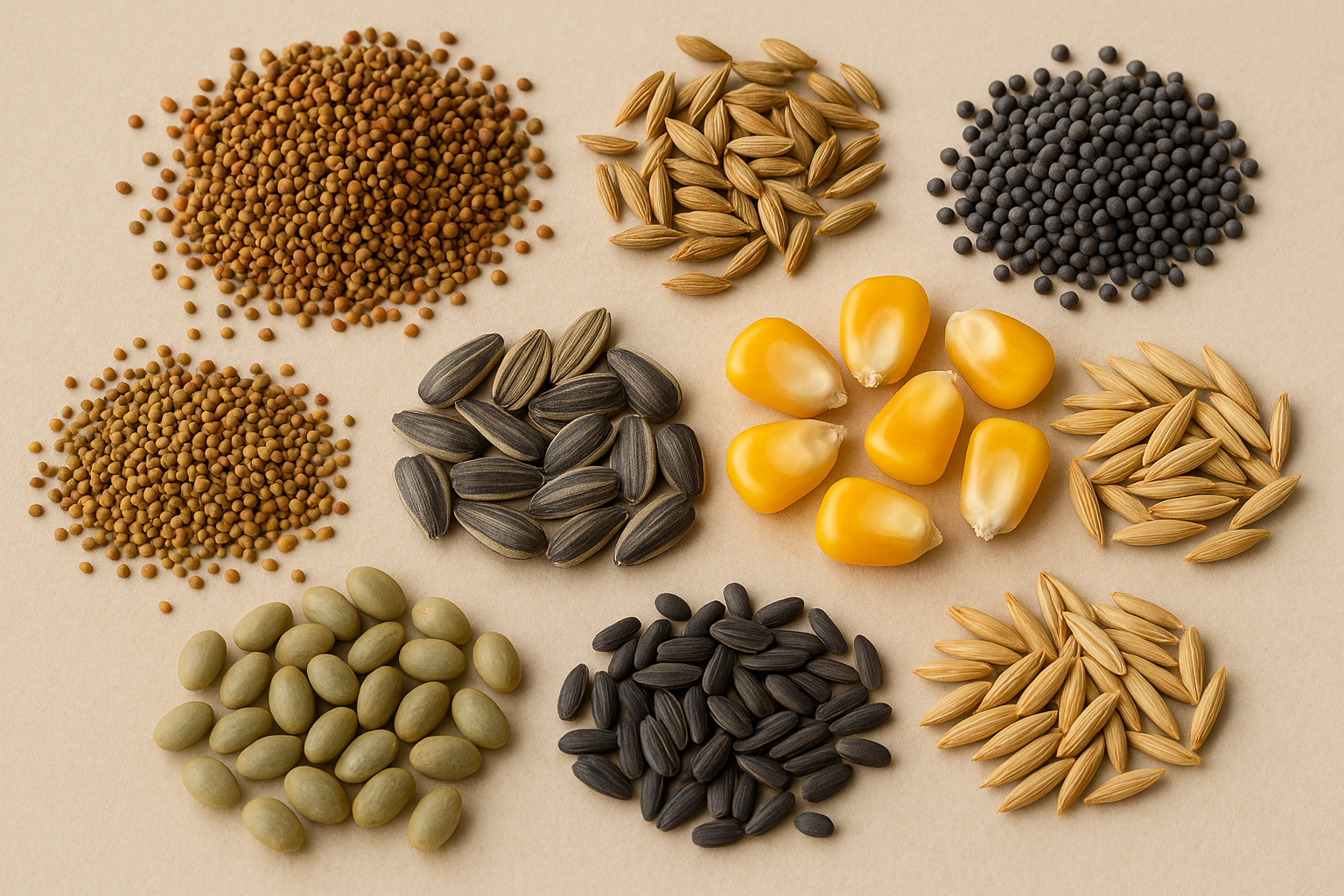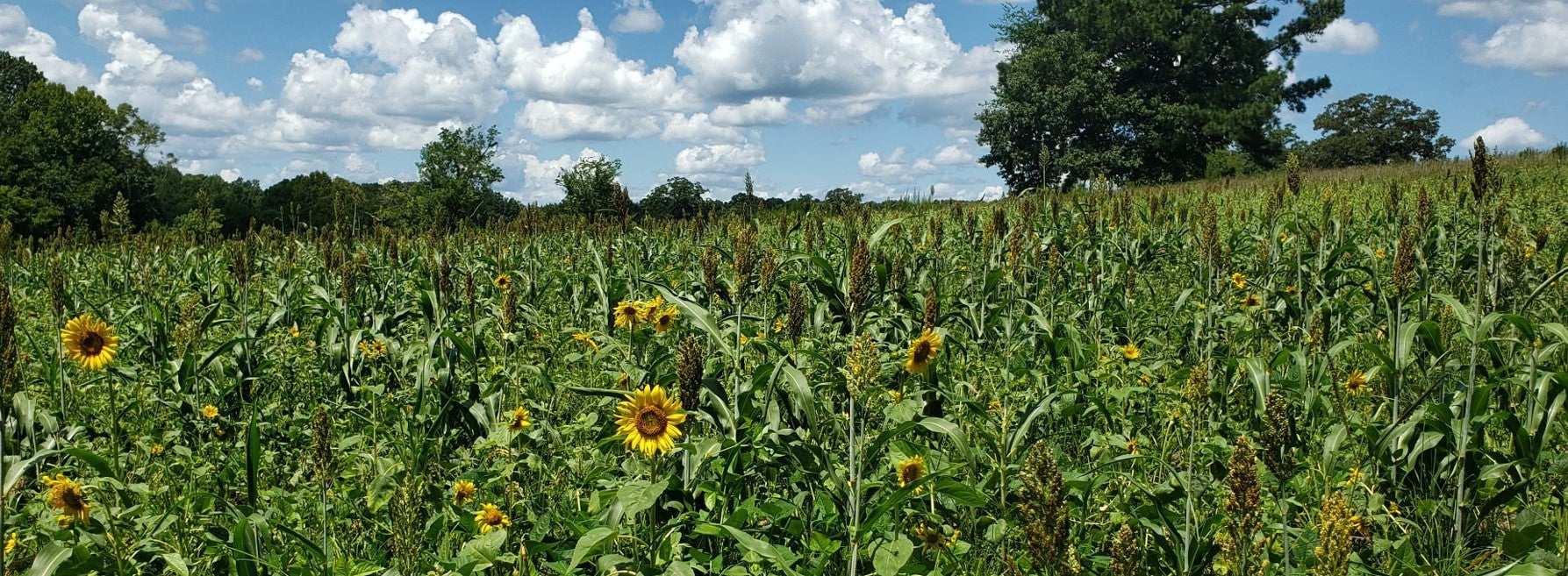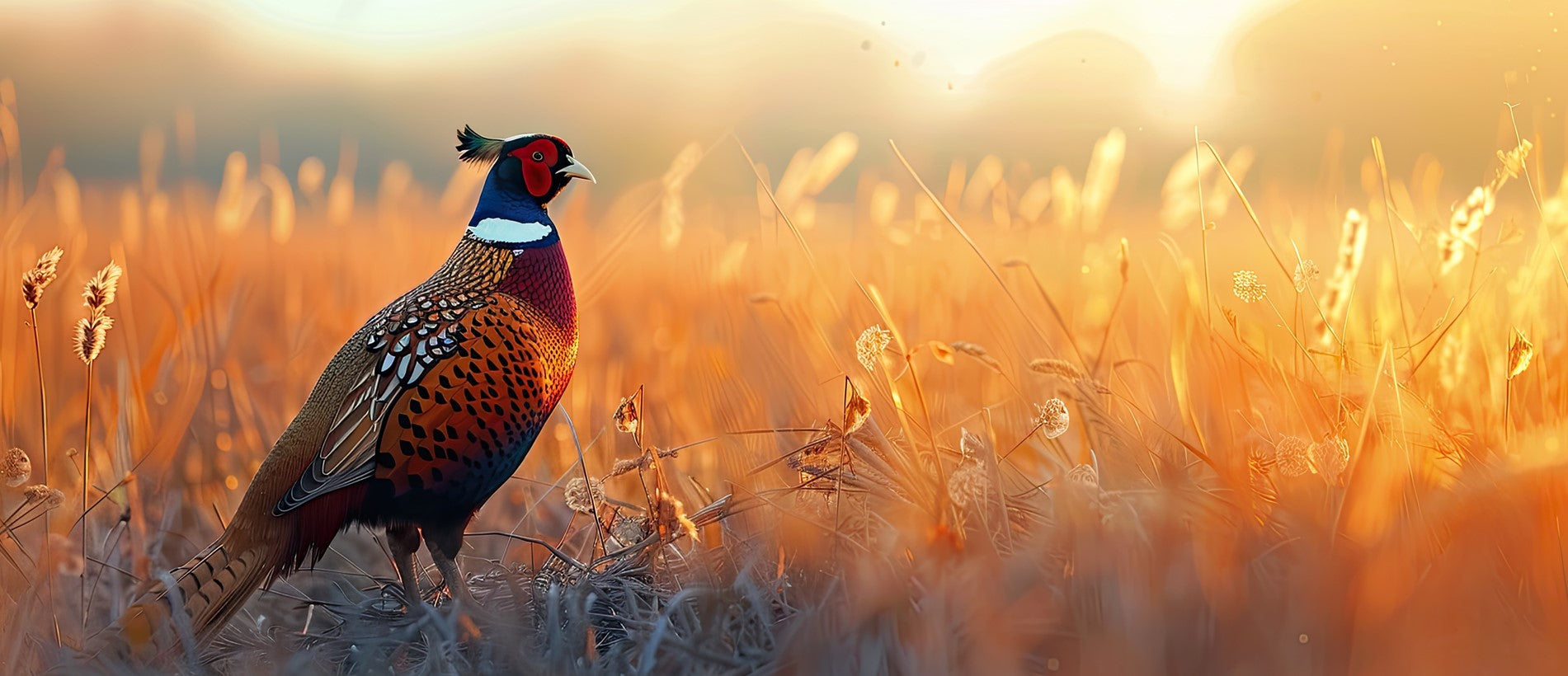SPIKES: THE DEBATE CONTINUES - PART V
In Parts I – IV of this series, I have examined results from various penned deer studies and wild deer studies to try and answer the question of whether or not to shoot spikes. In this final installment, I will attempt to summarize all of this research into harvest recommendation that you can you one your property.
Deer Management Goals
Of course, the whole debate about whether or not to shoot spike bucks all depends on your specific deer management goals. If antler size is not important and your goal is to maximize the harvest of bucks of any age on your property, then you should shoot spikes. The reason you should shoot spikes is because a certain percentage of the spikes you don’t shoot will die of natural causes anyway, thereby reducing the pool of bucks you can potentially harvest. The only way to maximize the buck harvest under this scenario is to shoot every buck you encounter when it is encountered. Otherwise, some of those passed-up bucks will die of natural causes and won’t be available for harvest.
If your goal is to manage for maximum numbers of bucks 2.5-years-old and older, then you should not shoot any spikes, even if they are later found to be genetically inferior. Many managers in the southeastern US, who are managing under Quality Deer Management guidelines fit into this category. In this situation, every spike-antlered yearling buck you harvest results in one less buck that has the potential to make it to the pool of bucks two-and-a-half years old and older. Obviously, you cannot maximize the pool of 2.5-year-old bucks by shooting bucks before they reach this age.
If your goal is to manage for maximum numbers of mature bucks that are 5.5-years-old and older, then you should not shoot any spikes as well. Under this scenario, a surprisingly low number of bucks will make it to maturity without any hunting at all. An average of 62 percent of yearling bucks will die of natural, non-hunting-related causes by age 5.5-years-old. Once again, any spike-antlered buck that you harvest results in one less buck that has the potential to make it to this magical age.
If you are involved in a commercial hunting operation and your goal is to maximize the economic return from your deer herd, then you should not shoot any spikes. No matter where you are in the U.S., a middle-aged or mature buck is always going to be worth more to the hunter and the landowner than a spike-antlered yearling buck. In fact, it’s doubtful you would be able to find many hunters willing to pay anything for a commercial hunt so that they could harvest a spike.
Every single one of the yearling spikes that you let live to 2.5-years-old will develop a fork-antlered rack and will therefore be more valuable. Once again, after capturing over 2,000 wild bucks in south Texas, we have yet to capture a buck 2.5-years-old or older with only two antler points. In the wilds of south Texas, spikes always develop into fork-antlered bucks at older ages. In fact, spikes gross-score an average of about 70 inches at 2.5-years-old and around a 100 inches at 3.5-years-old. By maturity, the majority of these spikes will develop into 120 to 140-class bucks. Bucks in this category are now much more valuable than either spikes or middle-aged bucks.
In fact, after measuring the antlers of over 2,000 wild bucks, we have determined that the average gross B&C score of a mature buck in south Texas is 130 inches. Which buck would you rather shoot and, which buck would you rather give your son or a guest the opportunity to shoot? I do not know anyone who would rather shoot a yearling spike when given the choice to shoot a mature, 130-class, eight point!
If your goal is to maximize antler size, while also maximizing economic return, then you still should not shoot spikes. Under this management scenario, where the adult sex ratios are balanced and the age structure in the buck portion of the herd is also balanced, very few young bucks will have the opportunity to breed does. Thus, whether they are inferior or not, they really don't have a chance to pass on their genes until they move up the pecking order as they mature.
Obviously, if increasing economic return is also a goal, landowners should not harvest spikes because these same bucks will be worth a lot more money at an older age when they are fork antlered. If spikes are not going to negatively impact the genetics of the deer herd because they are unlikely to successfully breed, then they should be allowed to live until they reach an age where hunters are interested in paying for the opportunity to harvest them.
Things become more clouded however, if your goal is simply to maximize antler size. Under this management goal, the recommendation is more dependent on economics and property size as it relates to the “corral continuum.”
The “Corral Continuum”
I first learned of the “corral continuum” concept from Stuart Stedman, a deer fanatic and a private rancher in south Texas. He used the concept to describe how deer management intensity varies across a continuum. At the left-end of the continuum, you find very large, low-fenced ranches where intensive deer management is cost prohibitive for all but the very wealthiest of landowners. At the opposite end of the continuum, on the far right, you find the very small acreage, high-fenced, deer-pen situations. Where your property sits on this continuum determines whether or not you should shoot spikes.
If your property sits at the left end of this continuum, you should not harvest spikes. On large, low-fenced ranches it would be extremely difficult to ever harvest enough spikes to insure that the very best bucks within the yearling age class did the majority of the breeding. In the Kerr Wildlife Management Area study, they hand selected the best 15-30 percent of the yearling bucks produced each year as breed sires. To duplicate this in the wild, 70-85 percent of your yearling bucks would have to be harvested each year to insure that they did not breed. This large of a yearling buck harvest is unrealistic on very large properties.
The 825,000-acre King Ranch is an extreme example of a property that sits at the left end of this continuum. In the case of the King Ranch, where deer densities average one deer per 30 acres by raw count, adult sex ratios average about two does per buck, and fall fawn crops average around 30 fawns per 100 does, there are an estimated 7,500 to 10,000 yearling bucks on the ranch in any given year. An average of 40 percent of these yearling bucks will be spike-antlered. Therefore, hunters would have to harvest somewhere in the neighborhood of 3,000 to 4,000 spikes each year. However, this level of harvest still would not insure that the best 15-30 percent of the yearling age class did the breeding, an additional 2,500-5,000 yearling bucks would also need to be harvested each year to accomplish this!
On large, low-fenced properties, it is also impossible to selectively remove inferior does. In the Kerr Wildlife Management Area study, the best yearling bucks were isolated in individual pens with 10-16 does. Adult females that had produced spike-antlered offspring, or were a sibling to a spike, were selectively removed. How is this same selection from the doe segment of the herd possible in the wild, especially on large properties?
One option for selecting inferior does on smaller properties is to selectively harvest older-aged does because these are the does that are least likely to have been produced from the “superior” bucks that are left in the population to do the breeding. Although overly mature does may be recognizable, it would be extremely difficult to accurately harvest a sufficient number of older-aged does to make an impact.
As mentioned, small-acreage, high-fenced ranches sit at the opposite end of this continuum. Ranches under this scenario, much more closely match the situation at the Kerr Wildlife Management Area deer pens, where they have shown conclusively that it is advantageous to cull spikes. In these situations, where nutrition and who breeds who can be more easily controlled, the recommendation is to shoot spikes. Obviously, the smaller the property, the more control the landowner has over nutrition and which deer do the breeding. As you move away from the deer pen situation, or corral however, the culling of spikes becomes less and less likely to be beneficial.
Hopefully, this five-part series has shed new light on the spike buck controversy. Obviously, the question of whether or not to shoot bucks varies according to management goals, economics, and property size. Also, the question of whether or not spikes in the wild are inferior is still unanswered. In the future, fewer questions will remain when it comes to making the decision of whether or not to shoot spikes.
Find out next week which deer behavior could have a huge impact on the success or failure of your deer management program.
Posted by Dr. Mickey W. Hellickson











Leave a comment